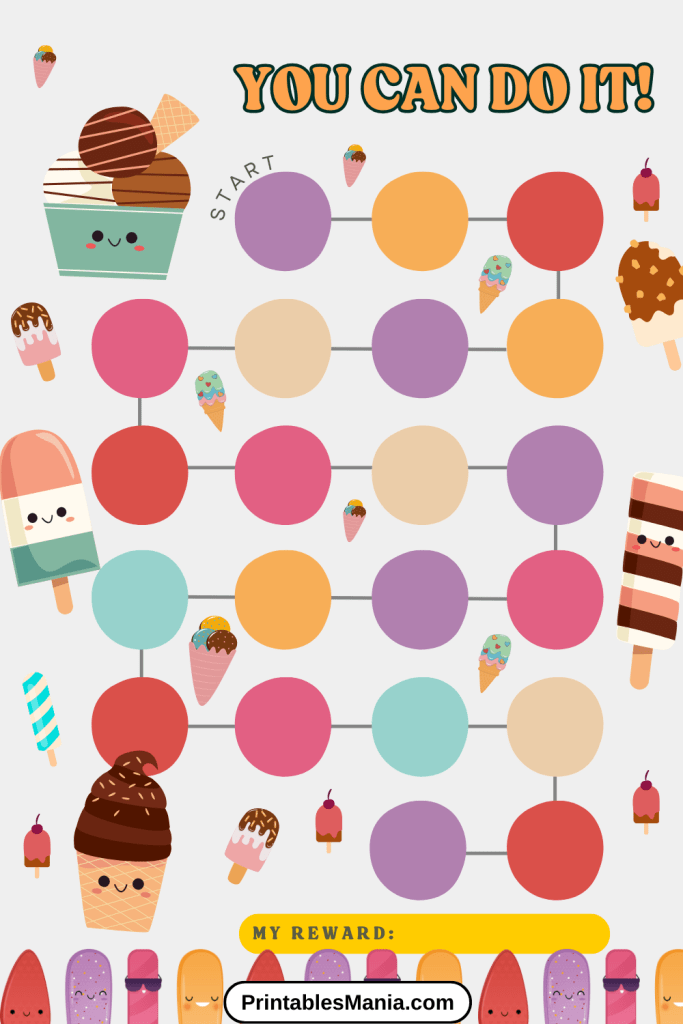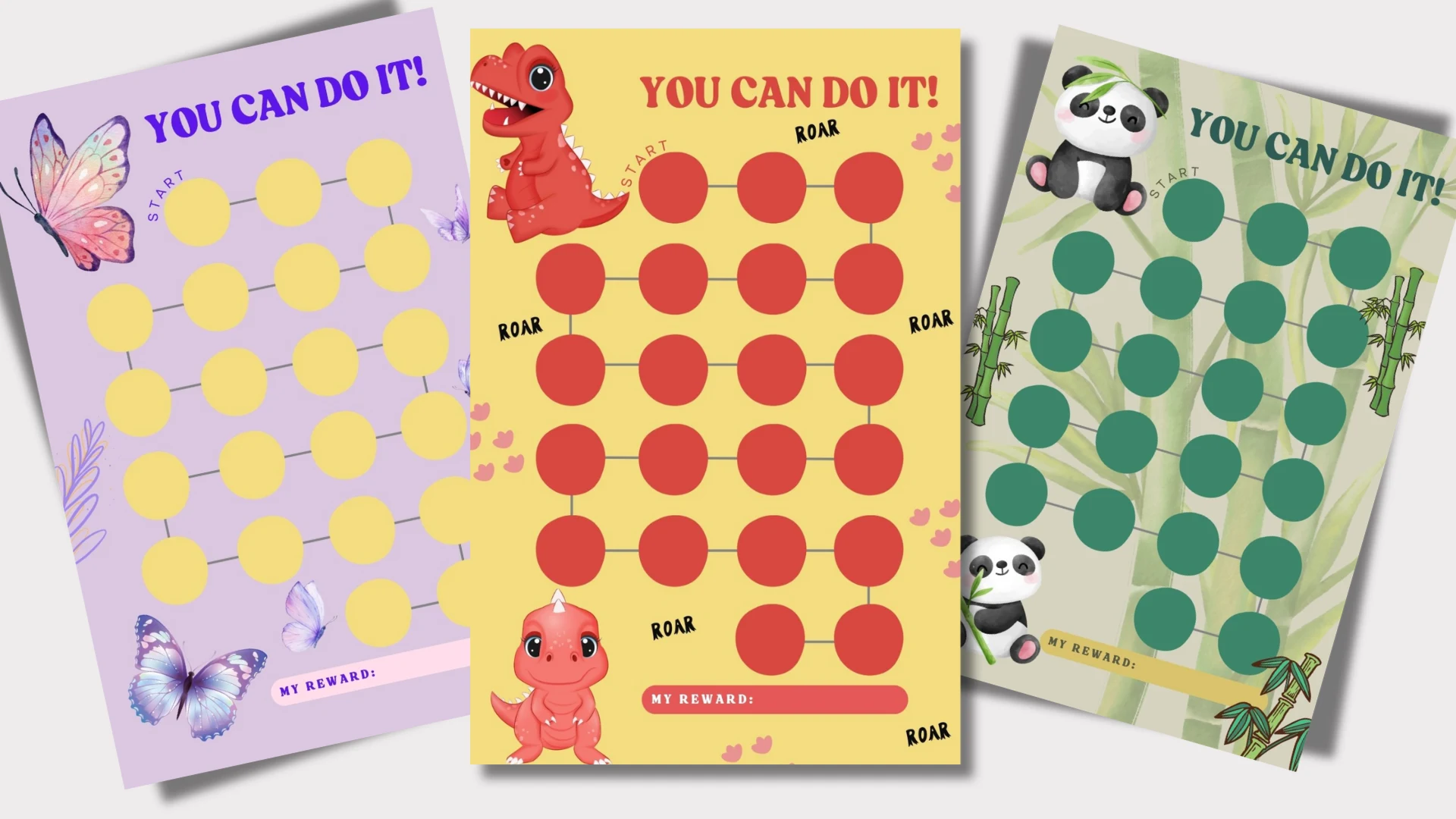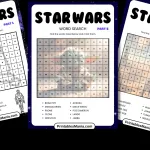Keep your little ones motivated and engaged with our fun and exciting printable reward charts! Designed to encourage positive behavior and habits, these reward charts feature a variety of captivating themes that are sure to delight children of all ages.
Whether your child is fascinated by the wonders of outer space, dreams of becoming a superhero, or loves cuddling with adorable animals, our reward charts have something for everyone. With 42 unique themes to choose from, you can find the perfect chart to pique their interest and spark their imagination.
How It Works
- Choose a Theme: Browse through our collection of themes and select the one that resonates most with your child’s interests.
- Print and Customize: Print out the reward chart and personalize it with your child’s name and desired rewards.
- Track Progress: Use stickers, stamps, or markers to track your child’s progress as they achieve their goals.
- Celebrate Success: When your child reaches a milestone, reward them with the agreed-upon prize or treat.
Our reward charts are fun and engaging and serve as valuable tools for teaching important life skills, such as responsibility, goal-setting, and perseverance.
Get ready to embark on an exciting journey of positive reinforcement and watch your child’s confidence soar!










































How to Use Reward Charts
Reward charts are an effective tool for encouraging positive behavior and fostering important skills in children. Here’s a step-by-step guide on how to use them effectively:
Setting Up Your Reward Chart
- Identify Specific Behaviors: Start by choosing one or two specific behaviors that you want to encourage. These could be daily chores, homework completion, or positive interactions with siblings.
- Choose a Chart: Select a reward chart that fits the age and interests of your child. Younger children might respond well to charts with bright colors and fun characters, while older children may prefer more sophisticated designs.
- Define the Rewards: Decide on the rewards. These should be motivating enough to encourage the desired behavior and can range from extra screen time to a small toy or a special outing. Make sure the rewards are attainable and not too extravagant.
- Explain the System: Sit down with your child and explain how the reward chart works. Make sure they understand what behaviors are being encouraged, how to earn rewards, and the importance of consistency.
Using the Chart
- Daily Reminders: Remind your child of the behaviors that will earn them stickers or marks on their chart. Consistency is key in reinforcing behavior.
- Positive Reinforcement: Whenever your child engages in the desired behavior, acknowledge it immediately by adding a sticker to the chart and verbally praising them.
- Review Progress: At the end of each week, review the chart with your child to discuss their progress. This can help reinforce positive behavior and address any challenges.
- Reward Achievement: Once your child reaches the target number of stickers or marks, provide the agreed-upon reward. This reinforces the positive behavior loop and motivates them to keep working towards their goals.
Adjusting as Needed
- Make Adjustments: If the chart is not motivating your child as expected, consider adjusting the rewards or the behaviors being targeted. Sometimes, simply refreshing the chart’s design or the type of stickers can renew interest.
- Phase Out Gradually: As your child develops consistent positive behaviors, gradually phase out the reward chart to help them internalize these behaviors without external rewards.
Success Stories
Story 1: Building Morning Routines
Sarah, a mother of two, struggled with her 6-year-old son’s morning routine. After introducing a reward chart that tracked simple tasks like making the bed, brushing teeth, and packing the school bag, she noticed an immediate improvement. Within a month, her son was completing all his morning tasks with enthusiasm, motivated by the weekly reward of choosing a family movie.
Story 2: Encouraging Homework Completion
Mark, a primary school teacher, used a classroom reward chart to encourage timely homework submission. He set up a system where students earned a sticker for each day they turned in homework on time. At the end of the month, students with at least 20 stickers received a certificate and a small prize. The result was a significant increase in homework completion rates, with students reminding each other to submit their work on time.






